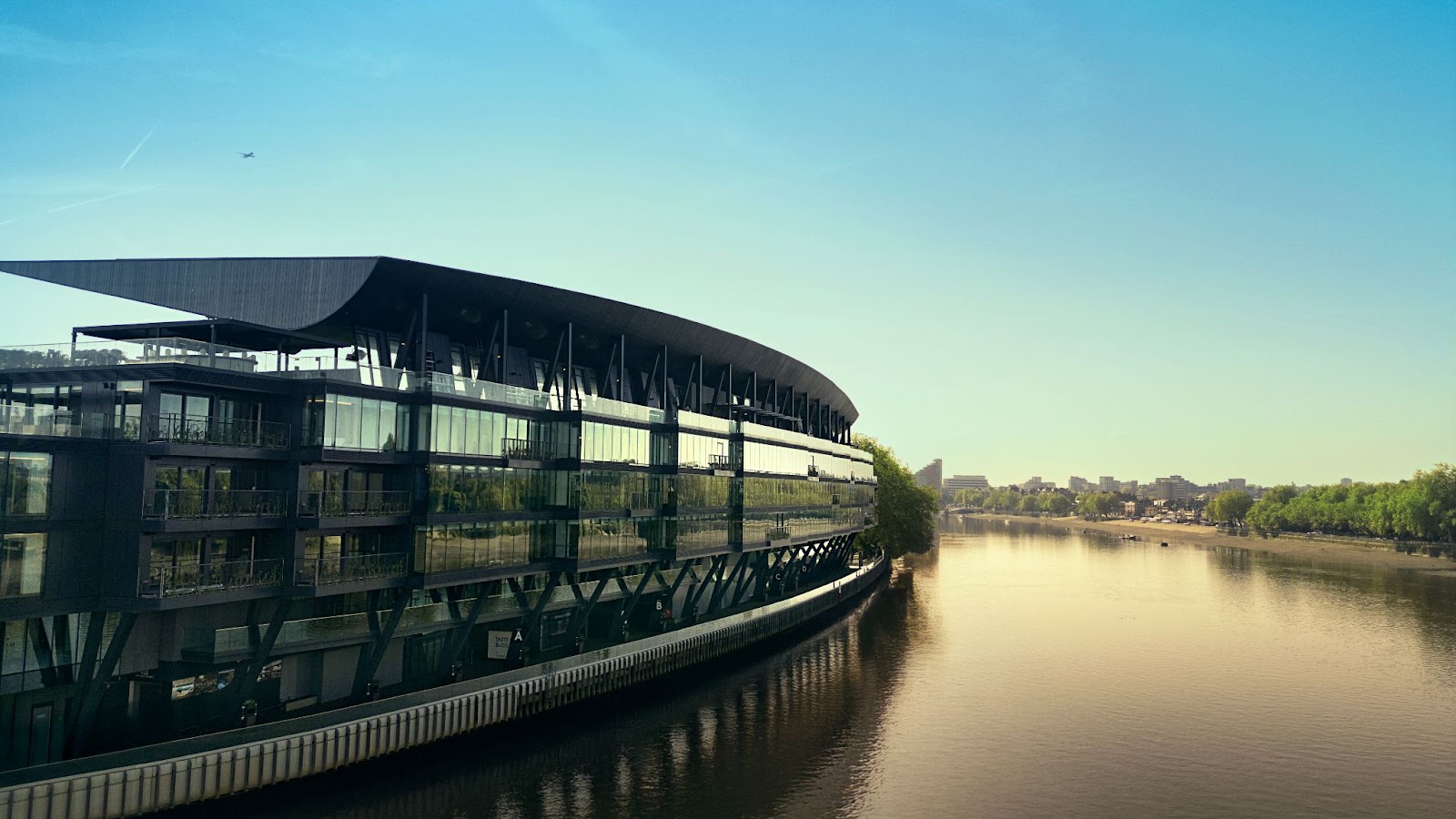Sophie Weston, Head of Marketing at Geberit, explains how the innovative and affordable Geberit AquaClean Alba shower toilet is emerging as a game-changer in respect of water and energy efficiency.
Flushing out waste
Water scarcity is a growing global concern, and buildings play a crucial role in water consumption. Traditional toilets can use up to six litres per flush, while older models may use even more. In contrast, shower toilets like the Geberit AquaClean Alba are designed with water efficiency in mind.
The Geberit AquaClean Alba utilises advanced flushing technology that significantly reduces water usage. Its rimless ceramic design with TurboFlush technology ensures thorough cleaning with less water, typically using around 4.5 litres per flush. Over the course of a year, this reduction can save significant volumes of water per household.
Moreover, the integrated washing function of shower toilets can substantially decrease or even eliminate the need for toilet paper. This dual approach to conservation – reducing both water and paper usage – can have a significant impact on a building’s overall water consumption and waste production.
Furthermore, the Geberit AquaClean Alba’s spray arm utilises the revolutionary WhirlSpray technology, which ensures better hygiene in combination with reduced water consumption due to the cleverly designed double water jet and pulsating shower spray that is dynamically enriched with air.
Energy efficiency
While adding electrical components to a toilet might seem counterintuitive to energy conservation, modern shower toilets are designed with energy efficiency as a priority. The Geberit AquaClean Alba features an economy mode that minimises energy consumption when the toilet is not in use. This standby function ensures that the toilet maintains its functionality while drawing minimal power, contributing to lower overall energy usage in the building.
The energy-saving potential becomes even more significant in commercial or public buildings where toilets may be used frequently throughout the day but also experience long periods of inactivity, such as overnight or during weekends.
Beyond the roll
The environmental impact of toilet paper is often overlooked, but it’s substantial. The production of toilet paper contributes to deforestation, water pollution, and significant energy consumption. By providing a water-based cleaning option, shower toilets like the Geberit AquaClean Alba can significantly reduce or eliminate the need for toilet paper.
This reduction in paper usage not only conserves trees and reduces manufacturing-related pollution, it also decreases the amount of waste sent to landfills or processing plants. For architects working on large-scale projects like office buildings or hotels, the cumulative effect of this reduction can be substantial, potentially influencing the overall waste management strategy of the building.
Designing for durability
Sustainability in architecture isn’t just about immediate resource consumption, it also encompasses the longevity and maintenance of fixtures. The AquaClean Alba’s design prioritises ease of cleaning and durability, which contributes to its long-term sustainability.
The rimless ceramic bowl eliminates hard-to-reach areas where bacteria and limescale can accumulate. This design not only improves hygiene but also reduces the need for harsh cleaning chemicals, further minimising environmental impact. The durability of these fixtures means they need to be replaced less frequently, reducing waste and the need for new resources over time.
Efficiency through intelligence
The integration of smart technology in shower toilets like the Geberit AquaClean Alba offers another avenue for enhancing sustainability. The ability to create personalised user profiles means that water and energy usage can be optimised for each individual. The Geberit Home app allows users to adjust settings remotely, ensuring that the toilet operates at maximum efficiency.
Furthermore, the remote diagnostic capabilities can alert maintenance staff to potential issues before they become major problems, preventing water waste from leaks or malfunctions. This proactive approach to maintenance can significantly extend the life of the fixture and maintain its optimal performance over time.
Meeting green building requirements
As green building certifications like LEED, BREEAM, and WELL become increasingly important in the architectural world, fixtures that contribute to sustainability are in high demand. Shower toilets can help projects earn points in several categories, including water efficiency, indoor environmental quality, and innovation.
The Geberit AquaClean Alba’s water-efficient features, energy efficiency, and contribution to improved hygiene all align with the criteria of these certification programmes. For architects working on projects aiming for green building certification, incorporating shower toilets that perform with lower energy can be a valuable strategy for meeting sustainability goals.
As client demands for eco-friendly designs continue to grow, and as regulations around building efficiency become more stringent, shower toilets are likely to become an increasingly common feature in both residential and commercial architecture. Their ability to combine luxury and comfort with substantial environmental benefits makes them an attractive option for architects looking to create spaces that are both appealing and sustainable.
Contact Details
For more information, please visit the Geberit website.


















